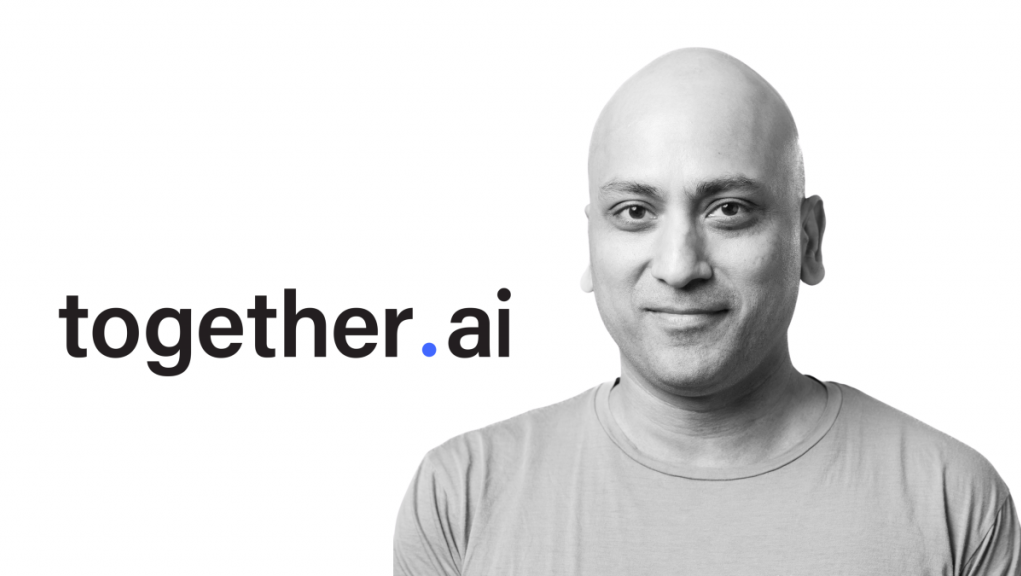Yesterday’s release of Meta’s LLaMA 2, under a commercial license, was undoubtedly an open-source AI mic drop. But startup Together, known for creating the RedPajama dataset in April, which replicated the LLaMA dataset, had its own big news over the past couple of days: It has released a new full-stack platform and cloud service for developers at startups and enterprises to build open-source AI — which, in turn, serves as a challenge to OpenAI when it comes to targeting developers.
The company, which already supports more than 50 of the top open-source AI models, will also support LLaMA 2.
Founded last year by Vipul Ved Prakash, Ce Zhang, Chris Ré and Percy Liang, Together says it is “on a mission to make AI models more open and accessible in a market where Big Tech players are currently leading innovation.” The Menlo Park, California-based startup announced in May that it had raised $20 million in a seed funding round to build open-source generative AI and a cloud platform.
“There is a clear debate between open-source and closed systems, and now there is an open-source ecosystem that is getting stronger,” Prakash told NeuralNation, explaining that the company is increasingly seeing enterprises move towards open source because of a desire for data privacy. And now, “there’s more adoption of open-source models because open-source models are getting stronger.”




















